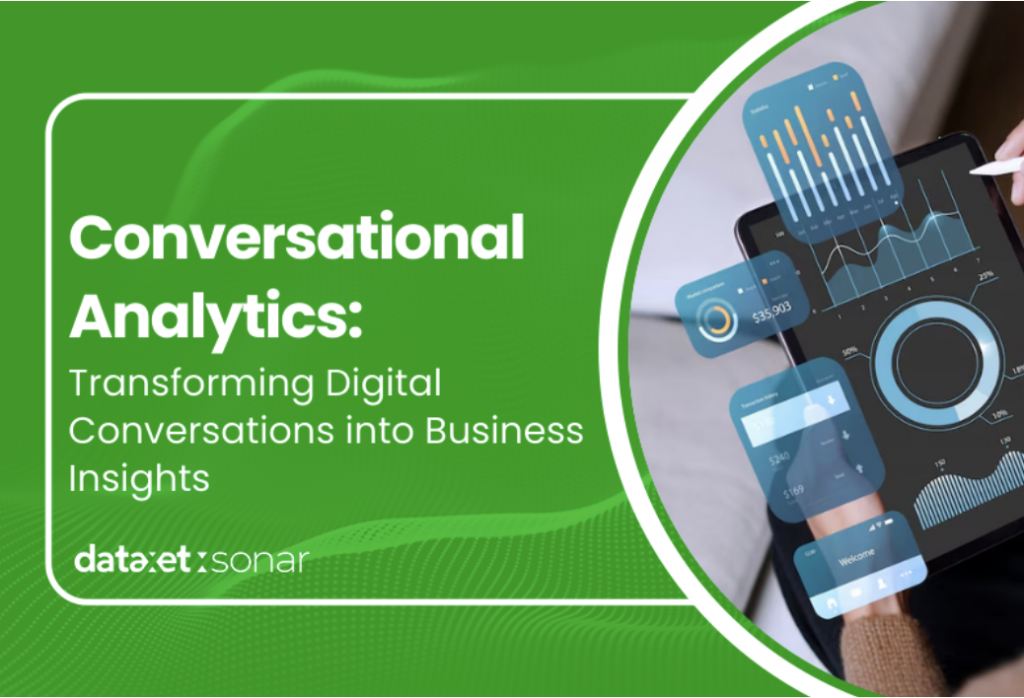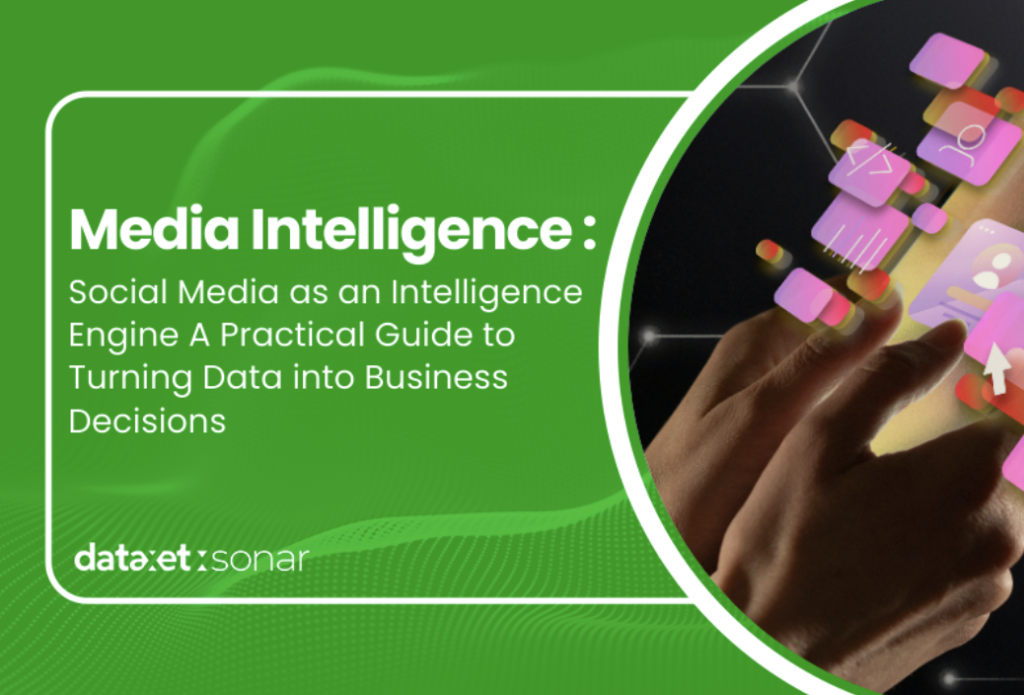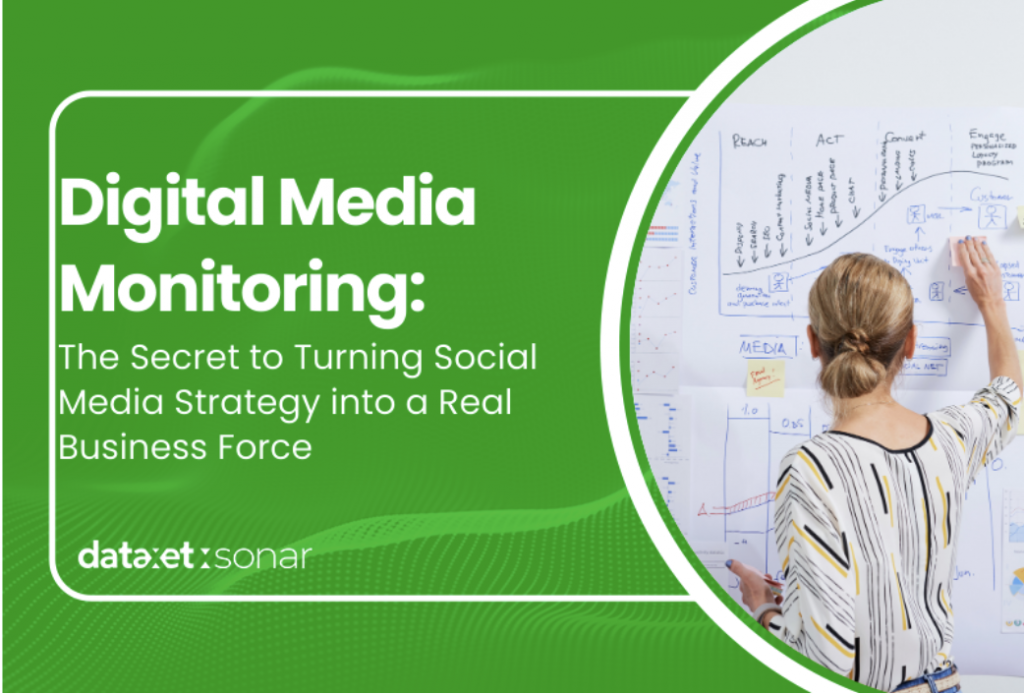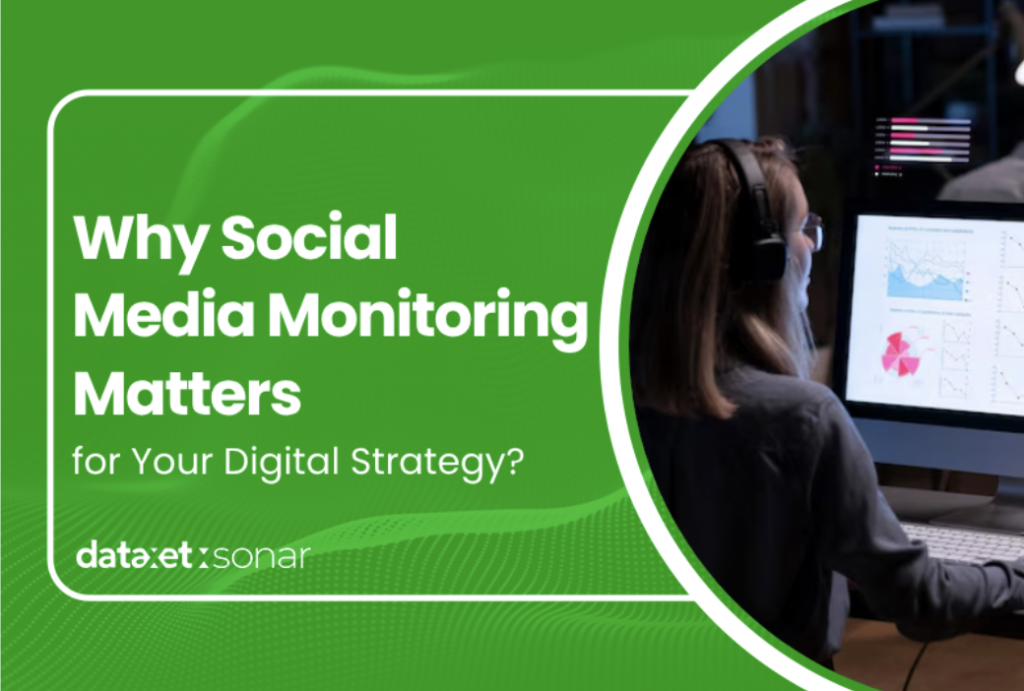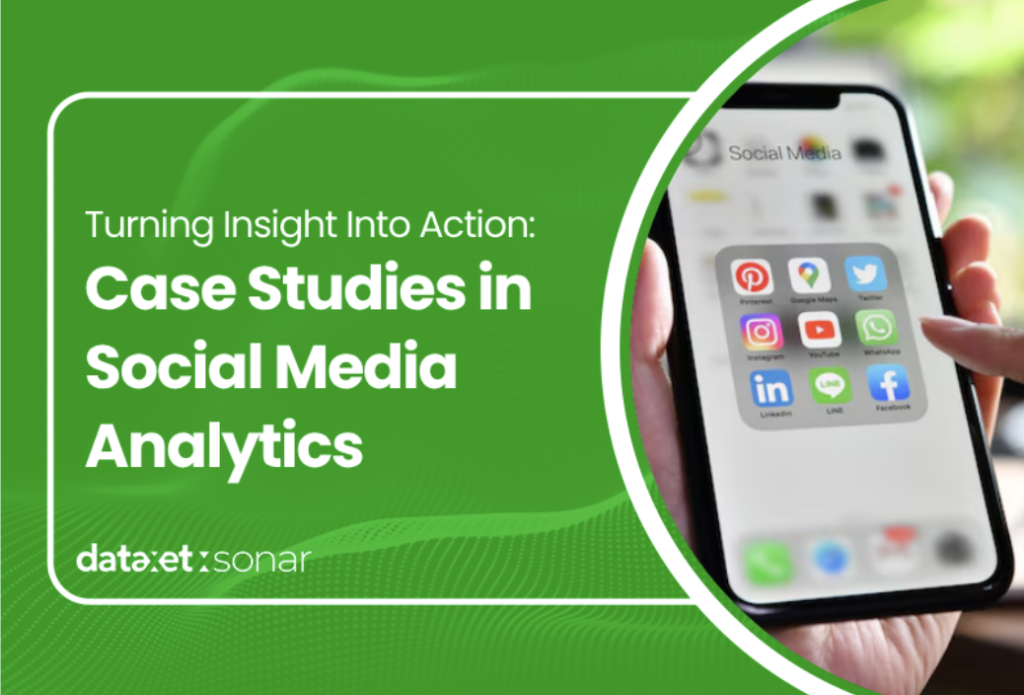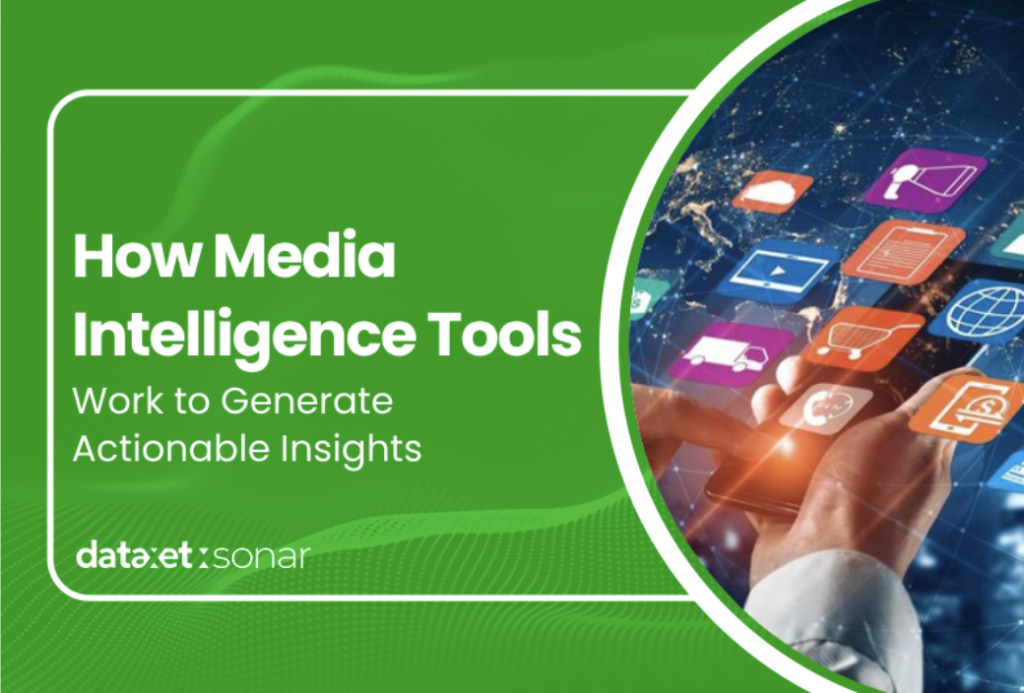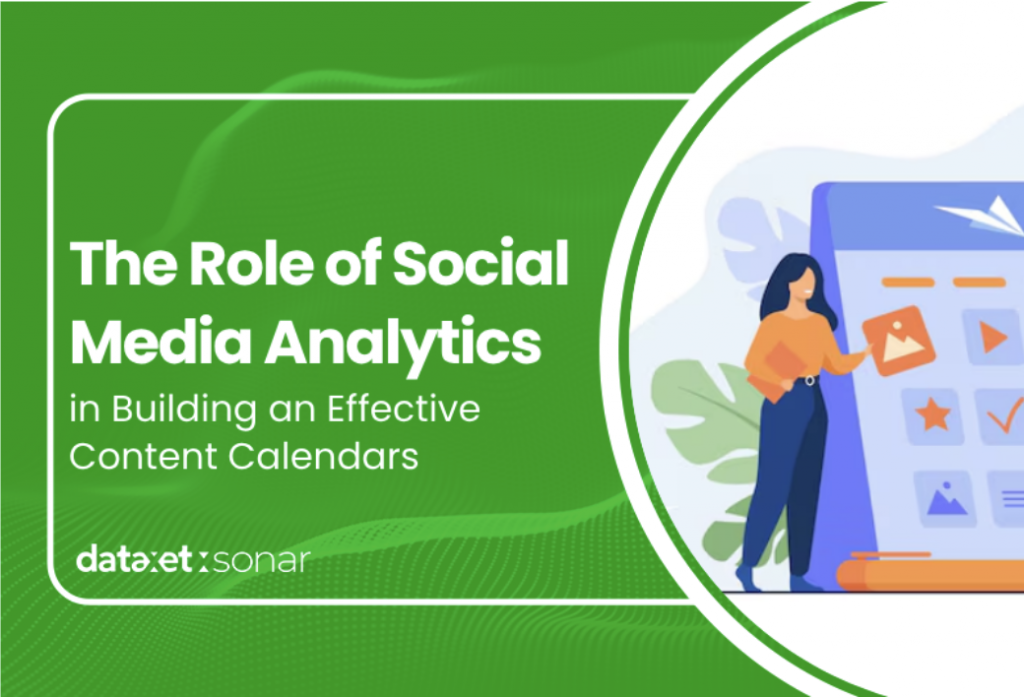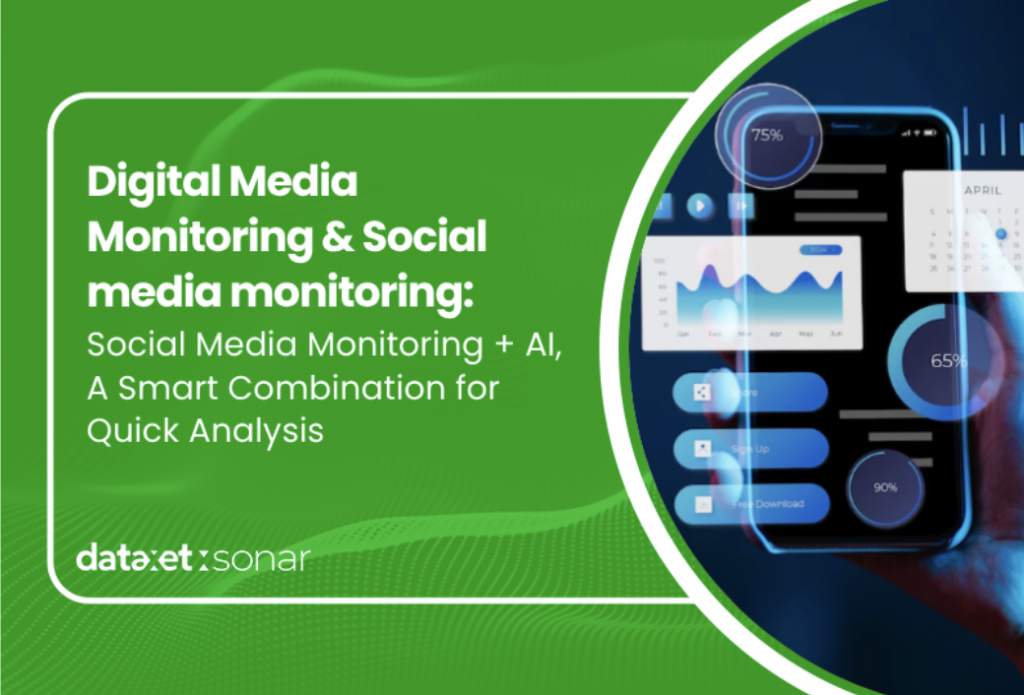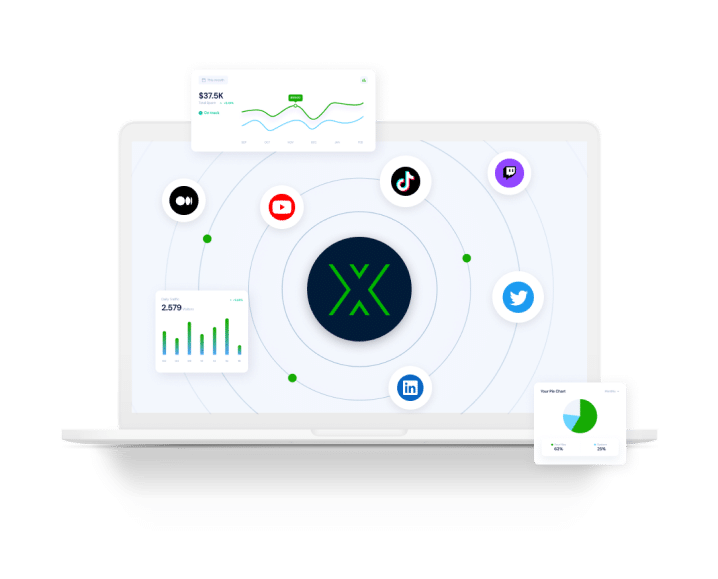Business competition demands that companies not only move quickly but also make smart decisions. One of the key factors for success is the ability to listen to and understand the voice of consumers directly. This is where media intelligence plays a crucial role as a tool that can capture and process information from various sources, enabling companies to respond appropriately and build stronger relationships with the public.
From brands in the FMCG industry and digital services to public institutions, many organizations have proven the effectiveness of media intelligence in measuring perception, developing communication strategies, and even detecting potential crises early on. In this article, you will find real case studies of media intelligence usage in Indonesia, supported by Dataxet Sonar, which have successfully created significant impact.
What is Media Intelligence?
Media intelligence is the process of gathering, analyzing, and interpreting data from various media platforms, such as social media, news portals, blogs, forums, and video content to gain strategic insights. These insights range from public perception of a brand and consumer feedback to campaign reactions and early warnings of potential crises.
And it’s not just for big brands or specific industries anymore. Today, sectors like banking, e-commerce, telecommunications, FMCG, and even government institutions are tapping into media intelligence to make smarter, data-driven decisions.
Case Study 1: Telco Company Tackles Negative Sentiment with Media Intelligence
A major telecommunications company in Indonesia was struggling with a growing wave of customer complaints about high service fees. The negative sentiment was spreading and damaging their brand perception.
Challenges:
- Complaints around expensive data packages and increased taxes (PPN).
- Difficulty in tracking and understanding customer frustrations across multiple platforms.
- The urgent need to respond quickly before things escalated further.
How Media Intelligence Helped:
With the support of Dataxet Sonar, the company monitored digital conversations in real-time to:
- Pinpoint trending topics triggering complaints mainly data pricing and service costs.
- Track patterns in negative sentiment over time.
- Receive actionable recommendations based on insights.
The Result:
Two months after implementing media intelligence:
- Negative chatter around pricing dropped by 41%.
- Complaints about expensive service packages fell by 53%.
- Conversations about pricey data quotas plummeted by 66%.
Case Study 2: FMCG Brand Unlocks Consumer Taste Trends Across Regions
A global FMCG brand leveraged media intelligence to dive deeper into what and where Indonesians are craving. They wanted to localize their product development by truly understanding regional taste preferences.
Challenges:
- The company needed clear insights on trending flavors, textures, and popular food types that emotionally resonate with Indonesian consumers.
- They sought hyper-local insights from viral dishes in major cities to unique eating habits in different regions.
How Media Intelligence Helped:
Analyzing over 130,000 consumer posts, the company applied landscape intelligence to:
- Identify favorite flavors and textures like spicy, umami, and crispy.
- Discover popular food trends fusion-style chicken dishes in Jakarta and Bandung, and street food dominance in Surabaya and Bogor.
- Gather localized data from seven key cities to tailor both innovation and messaging.
The Result:
- Sharper Product Strategy: R&D and marketing teams used the data to create new flavor variants tailored to city-specific preferences.
- Localized Flavor Approaches: In Jakarta and Bandung, fusion dishes took center stage. In Surabaya and Bogor, street food led the conversations, so the brand adjusted its messaging to match.
- Deeper Market Understanding: By mapping consumer enthusiasm city-by-city, the company built a stronger foundation for future product innovation and brand storytelling.
Why Media Intelligence Matters? No Matter Your Industry
Whether you’re in finance, retail, healthcare, transportation, or public service, staying in tune with public perception and reacting strategically is key to protecting your reputation and improving performance.
Media intelligence empowers teams to:
- Monitor and evaluate campaign performance.
- Detect and respond to crises early.
- Develop products based on real consumer demand.
- Truly understand what your audience is saying in real time.
Final Thoughts
In a business world that moves at lightning speed, only the brands that listen smart can survive and thrive. Media intelligence isn’t just a listening tool. It’s a competitive strategy that helps you understand the market, respond with clarity, and build stronger relationships with your audience.
So, the real question is, has your business started tapping into the power of media intelligence yet?


